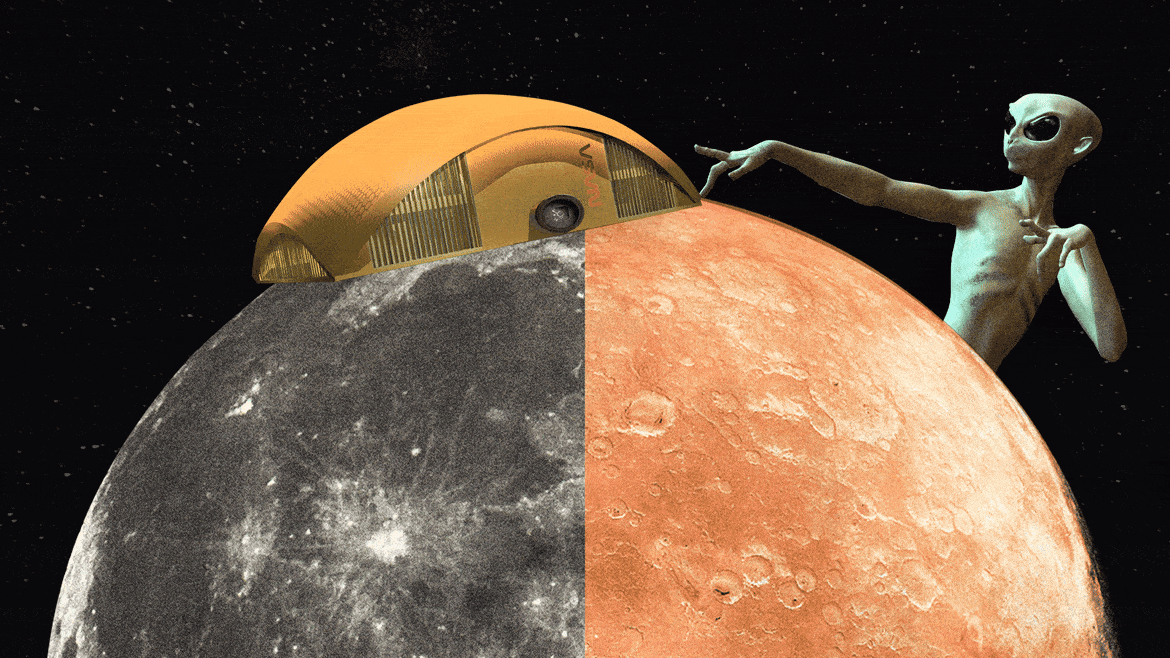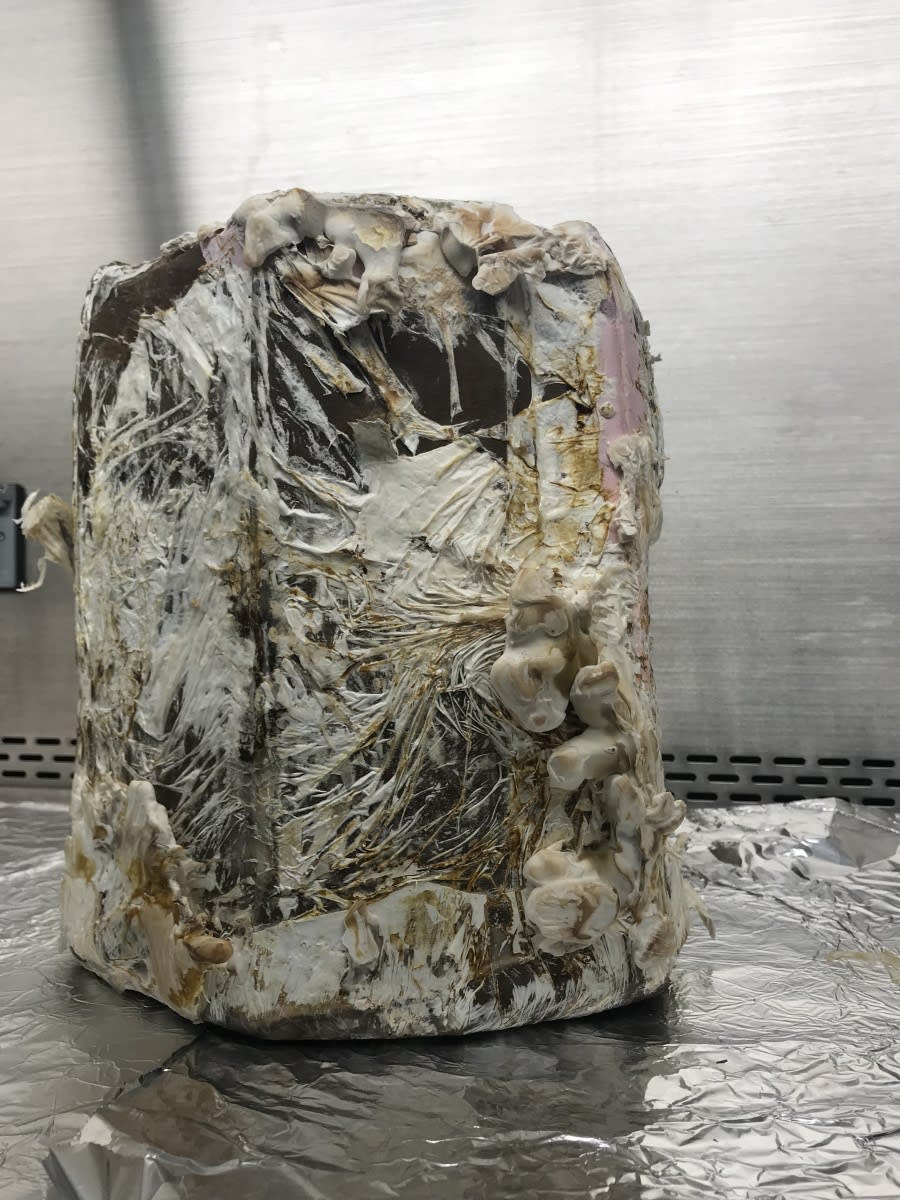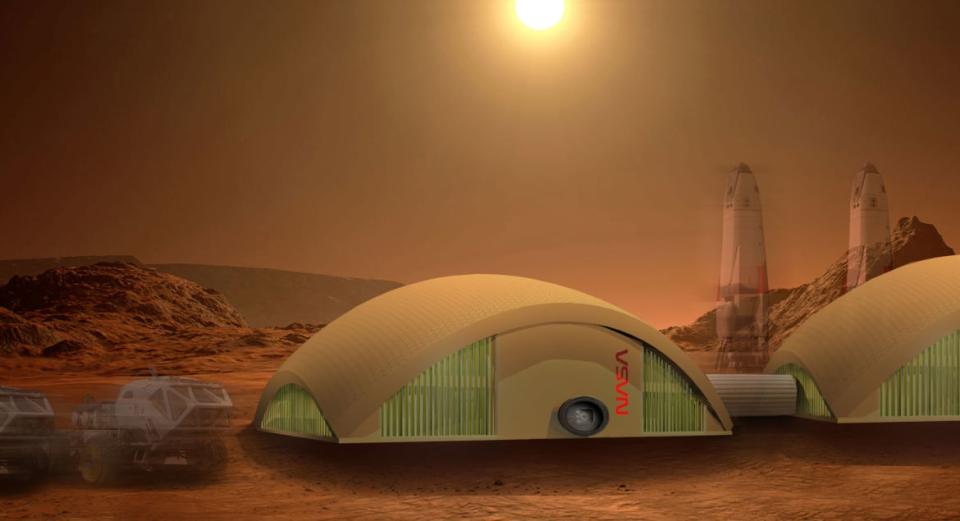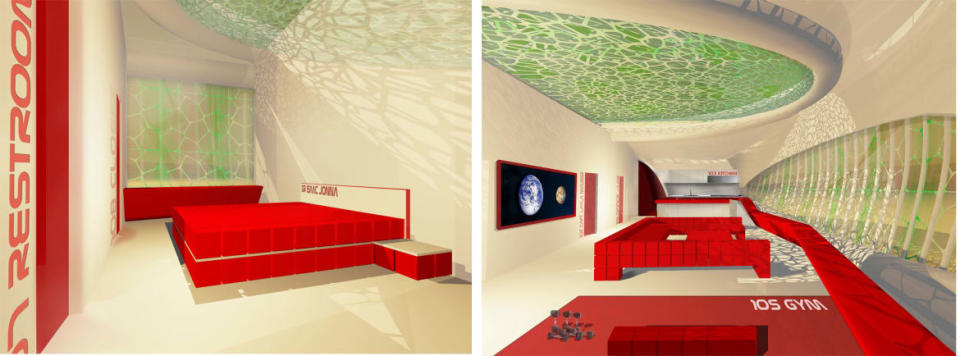NASA’s Trippy Thought: Build Space Homes Out of Mushrooms

When we think of NASA, we tend to think big, like enormous rockets, sprawling space stations, and massive telescopes that allow us to peer billions of light-years into the vastness of space. Currently, however, NASA is experimenting with a technology that starts out microscopically small, but that may have a huge impact on humanity’s future forays into the final frontier: fungus.
Taking its inspiration from the emerging field of “mycotecture” (a portmanteau that fuses architecture with mycology, the study of fungi), a research team at NASA Ames Research Center in California is looking at how fungi like mushrooms can be used to grow habitats and other structures in extraterrestrial environments.
It’s not magic—it’s science. Evolutionary biologist and astrobiologist Lynn Rothschild leads this unusual shroom-inspired mission. Her best way of describing the work is through the word “cool,” and it’s hard to disagree.
NASA Rover Survives 7 Minutes of Terror, Lands on Mars in Search of Ancient Life
“Some of my students used mycotecture to help build the body of a biodegradable drone in 2013, which I thought was unbelievably cool,” Rothschild told The Daily Beast. “So then you start thinking, well, what else could you do with it—off-planet? And one of the immediate ideas was, why not build whole habitats?”
Using mushrooms to build structures capable of withstanding the rigors of space exploration might seem far-fetched, but it turns out that they are well suited for the task. Blocks made of reishi mushrooms, for example, are strong enough to bear thousands of PSI. Thanks to their high concentration of carbon fibers, they have the potential to function as storage batteries. And according to Rothschild, fungi are also well-suited for creating structures in space because transporting their spores is so efficient in terms of cost, mass, and effort.
“Ideally we’d like something that can construct itself,” said Rothschild. It could be as easy as filling a bag with fungal material and some spores of other organisms, and double-sealing it so there isn’t a fear of contaminating the rest of the planet. The bag could be inflated and kept at an optimal pressure, and the fungus could simply grow up and fill the bag and have a structure that can literally build itself onsite. There would be no need for bulldozers to clear out land or tractors and other heavy equipment to move dirt and soil around. “You want to do as little as possible to be able to construct something off-planet because it’s going to take resources,” she said.
Rothschild is all-too-aware of that when it comes to space, being frugal about resources is paramount. NASA estimates that every pound launched just into the lowest orbital altitudes costs $10,000—and that doesn’t even get us to the moon, let alone Mars.
“Anytime you have to launch something from Earth, it’s extremely expensive,” she said. “Anytime that you can reduce the cost of what you’re sending up in the volume and the mass of what you’re sending up, it also means that you can use that cost and space for other things. Maybe you can take more pharmaceuticals or more food or more astronauts or whatever. So I feel this pressure constantly to be able to come up with solutions that would decrease the mass, use materials that are onsite, and be flexible in your ability to adapt to the local environment. Mycotecture should be good for all of those things.”

A stool created out of mycella, which are unseen fungal threads that hold mushroom structures together.
Mycotecture can also be deployed to meet a diverse range of structural needs, beyond just making walls and ceilings. A house made of mushrooms is perhaps the most radical approach, but Rothschild emphasized you could grow fungi to make insulation for a bioreactor, or small structures like sheds for rovers to protect them from the elements. And of course, there are always opportunities to construct smaller furniture like tables and chairs using fungal materials.
Fungi probably wouldn’t be the only biological tool leveraged by future space construction workers. The NASA Ames group has a keen interest in looking into uses around a common soil bacterium called Bacillus subtilis, which has proven capable of surviving in the most extreme of environments. A recent German satellite mission carried samples of this bacteria into orbit. Those samples survived four years of exposure to the vacuum of space, and the Ames group thinks it could be used to repair cracks in extraterrestrial structures by “growing” into patches.
These organic patches could also have biosensors embedded in them that could communicate important information about the condition of the structure, turning different colors if the oxygen pressure were to drop, or the temperature shifts to concerning levels. “Imagine how cool it would be if the walls turned color if it got too cold in your house,” said Rothschild.
Cool indeed. But can we really make the jump from spores to space structures? Civil engineering hasn’t even embraced fungus as a building material on this planet.
But living in space means thinking outside the box. “I like to tell people that it’s not that we’re in competition with other methods for building habitats or structures off-planet,” said Rothschild. “It’s just adding one more material to an architect’s palette. When you buy a house, you don’t say I want 100 percent wood house or I want 100 percent brick house or I want 100 percent stone—you have a mixture of materials. And we are just really pointing out that this is the material that’s going to have a lot of very cool properties and a lot of cool potential to help building structures off-planet.”

Artist's concept of a habitat on Mars built using fungal material.
There's a growing community of people working in mycology right here on Earth who share Rothschild’s optimism. “It is 100 percent possible to deploy fungal composite structures that function in space,” Eben Bayer, CEO and co-founder of the mycotecture design firm Ecovative, told The Daily Beast. He reiterates the advantages Rothschild has outlined, adding that because mushroom-grown buildings would be infused with water, they could be highly effective at protecting space denizens from radiation exposure. What’s more, they could be grown using the same greenhouses used to farm food.
In fact, growing these space-mushrooms is maybe one of the easiest problems to solve. On Earth, wood chips and lawn scraps are easy sources for shroom food. “No one’s mowing a lawn on Mars or the moon for the foreseeable future, if ever,” said Rothschild. “So we’re looking at using lunar [soil] and adding some nutrients to that, or actually having the fungi grow around very fine mesh scaffolds or drop stitching and so on.”
The NASA Ames team is realistic that we won’t be seeing fungal homes on the moon any time soon. Rothschild expects a proof-of-concept demonstration within the next two to five years. Then scientists will actually need to test the whole idea out on an actual mission.

Artist's concept of the interior a mycotecture extraterrestrial home.
“The great thing about being at NASA is being able to be paid to really have the far-out, revolutionary ideas,” said Rothschild. One of the really cool things about doing this space exploration is that I don’t need to worry about the quarterly report of an investment company, [or] an existing infrastructure. There’s nothing there. You’re starting with a blank slate, so you can do something really revolutionary.”
Rothschild paused for a moment and laughed. “Oh, just another day at work at NASA.”
Get our top stories in your inbox every day. Sign up now!
Daily Beast Membership: Beast Inside goes deeper on the stories that matter to you. Learn more.

